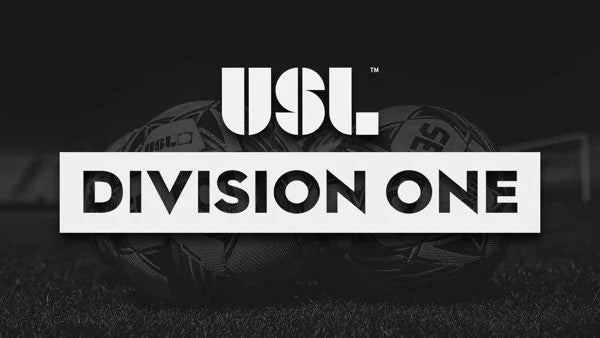
The United Soccer League (USL), organizer of North America’s second and third-tier men’s competitions, has been given the green light to launch a Division One professional league, rivaling Major League Soccer (MLS).
The new competition will be launched in time for the 2027-28 season and operate as a separate league to MLS, despite both holding top-tier designations from the US Soccer Federation.
Due to its structure, multiple leagues can exist in the same division if sanctioned by US Soccer, setting the scene for some sparring as MLS and USL compete for ownership groups, eyeballs, and sponsorship dollars.
Moreover, FIFA’s decision to award the US co-hosting rights, along with Canada and Mexico, to its men’s World Cup in 2026 has set a deadline for both leagues to ready themselves for the next surge of interest the event will inevitably bring.
Alec Papadakis, chief executive of USL, said: “Creating a Division One league is a bold step forward, expanding access to top-tier competition, deepening the connection between our communities, and taking another step in aligning with the structure of the global game.
“By uniting people through soccer and bringing Division One to more cities, we're not just growing the sport, we're creating lasting opportunities while building a more sustainable and vibrant soccer ecosystem in the US.”
Division One will sit on top of the USL’s pyramid, with the second-tier USL Championship and third-tier League One, as well as the semi-pro USL League Two and USL Youth leagues beneath.
The move completes the USL’s tiered system that will allow for the promotion and relegation of clubs in the long term, as well as a pathway for talent progression. MLS operates a closed-league system with no promotion or relegation.
While it is unclear what the composition of the new league will be, US Soccer requires a Division One league to have at least 12 teams located across the country (Eastern, Central, and Pacific time zones) with at least 75% of teams playing in a market of a minimum of one million people.
All venues must also be enclosed and have a minimum seating capacity of 15,000, with the league demonstrating financial viability.
The USL expects certain clubs competing in its Championship division to step up but will also be in conversations with potential new owners.
The new owners, however, must meet the USL’s strict financial criteria which include a principal owner having at least a 35% stake in the team and whose net worth is at least $40 million, or a group of owners whose combined net worth is at least $70 million.
The USL operates a different model than MLS in that the club owners run the teams as a separate business, while MLS uses the single-entity model, where team owners are league partners.
USL launched in 1986 to promote a talent pathway for men and women under one system across the US. It has grown to comprise 24 USL Championship clubs, 14 USL League One teams, and 144 League Two sides, split into 19 regional divisions.
MLS, meanwhile, launched in 1996 and has grown to 30 clubs. As there is no promotion or relegation, the only entry point into the league is via an expansion process, with San Diego joining the league this season after paying a reported fee of $500 million.
Read more: All to play for: How the United Soccer League upped its game



